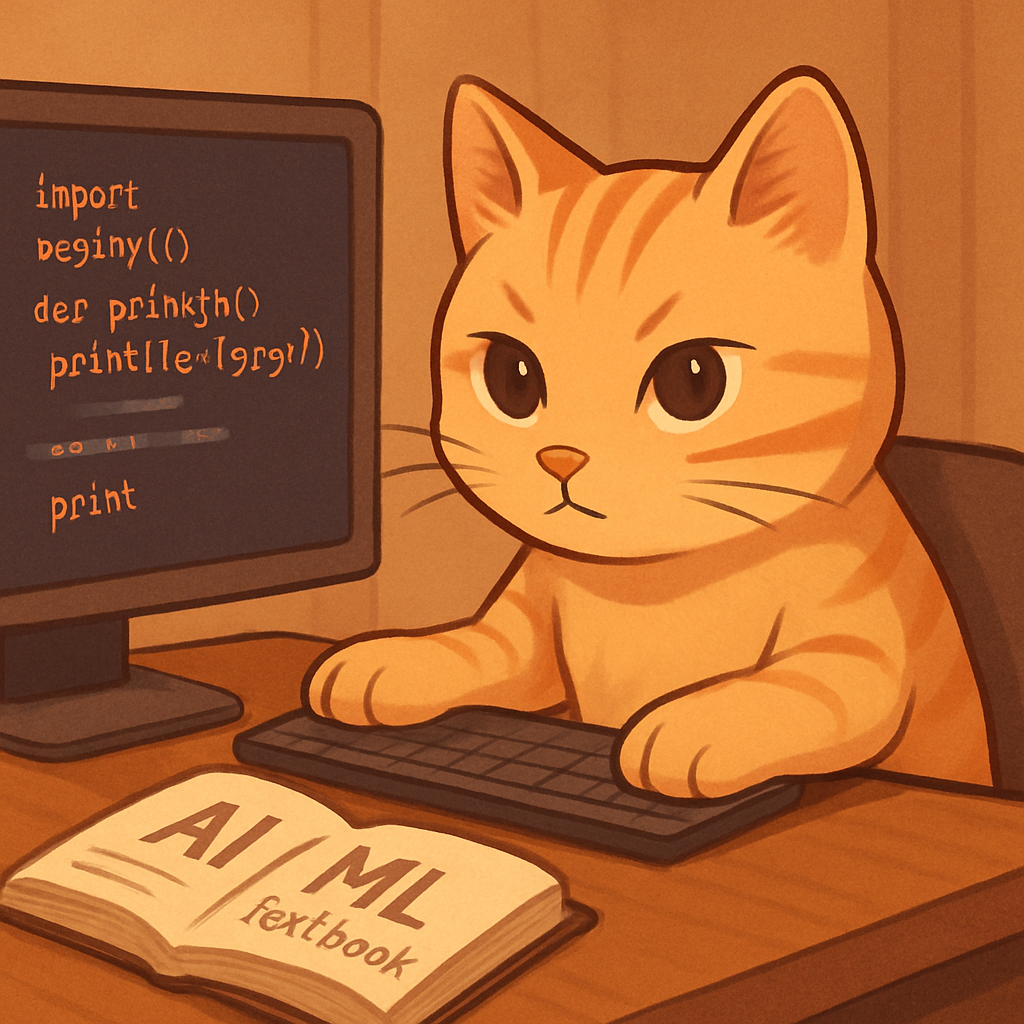SQL Practice Log: Movie Data, Date Filtering, and Real-World Queries
Introduction
Today I practiced SQL using various real datasets — including one based on movies (SAKILA), and others with date-specific filters.
Instead of just focusing on syntax, I tried to treat it like real-world data analysis. This post summarizes what I did, what worked, and what confused me.
The Problem
I had three goals in mind:
- Query movie data with conditions and ordering
- Filter based on date formats (e.g. specific months)
- Use
JOIN,GROUP BY, and subqueries in a meaningful way
To do this, I used multiple .sql files and ran queries in DBeaver against structured tables.
What I Practiced
Movie Query (SAKILA)
- Selected movie titles and filtered by rental rate
- Ordered results with multiple conditions
SELECT title, rental_rate
FROM film
WHERE rental_rate >= 4.99
ORDER BY title DESC, rental_rate DESC;
Filtering by Month
In a file with 2024 date data, I tried filtering by month value using MONTH():
SELECT *
FROM orders
WHERE MONTH(order_date) = 5;
This helped isolate May-specific data regardless of the year.
Grouping & Having
I also worked with GROUP BY and HAVING to count or limit groups:
SELECT customer_id, COUNT(*) AS order_count
FROM orders
GROUP BY customer_id
HAVING order_count >= 5;
This was useful to detect power users — customers who ordered more than five times.
What I Learned
- How to sort results with multiple
ORDER BYconditions - Why
HAVINGis used afterGROUP BY(notWHERE) - How to pull only a specific month’s data with
MONTH(date_column) COUNT(*)withGROUP BYcan reveal patterns I never saw with basic filters
What I Thought About
I realized that:
- SQL gets powerful not when you know every command, but when you combine them effectively
- Realistic datasets (like movies, orders, rentals) make practicing fun and more memorable
- Reading and modifying example queries helped me learn faster than starting from scratch
What I Want to Do Next
- Try building my own mini database (like a book store or music library) and write queries from scratch
- Learn window functions (
RANK,ROW_NUMBER,OVER()) - Practice writing subqueries that return useful summaries
SQL isn’t just about querying — it’s about thinking like an analyst.
And today, I felt like I took one more step in that direction.
